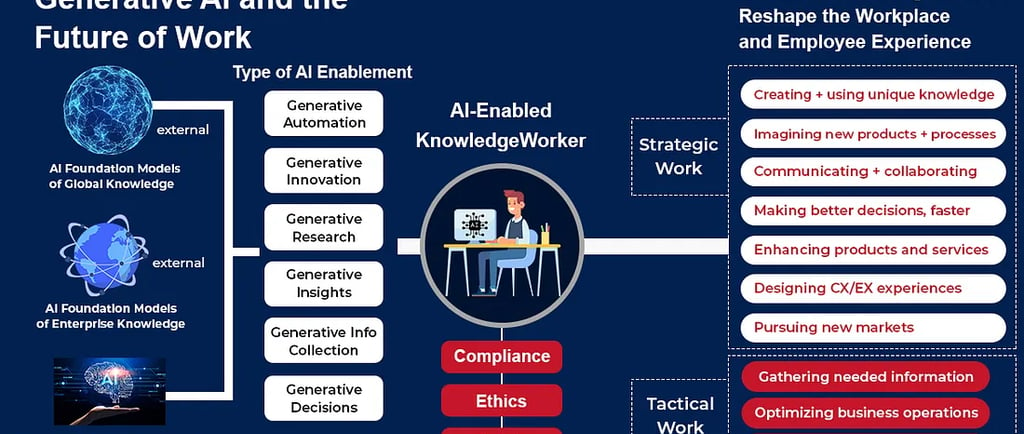The Significance of Data Strategy in Modern Business
1/30/20242 min read


Introduction to Data Strategy
In the current digital era, businesses are inundated with data from various sources. This influx of information presents both opportunities and challenges. Companies must develop a robust data strategy to harness this data's potential. A well-defined data strategy enables organizations to make informed decisions, optimize operations, and gain a competitive edge.
So what exactly is data strategy
A data strategy is a comprehensive plan that outlines how a company will handle, utilize, and benefit from its data. It is a roadmap, detailing the processes and guidelines governing data management and usage. This strategy is crucial for aligning data-related activities with business goals, ensuring that data is key to business success and decision-making. Ultimately, it's about harnessing the power of data to create value and competitive advantage.
Key Components of a Data Strategy
A comprehensive data strategy encompasses several key components.
Strategic Alignment With Business Goals and Objectives
Aligning a data strategy with key business drivers is essential for any organization aiming to thrive in today's dynamic market. It involves a deep understanding of the strategic priorities, competitive landscape, and regulatory requirements that shape the business environment. By doing so, organizations can ensure that their data initiatives are not just technologically sound but also closely aligned with core business objectives such as revenue growth, cost efficiency, and customer satisfaction. This alignment is the cornerstone of not only meeting current demands but also anticipating future challenges and opportunities.
Governance and Compliance:
Data governance is the practice of establishing and enforcing policies centered on data
This involves Defining
Roles and Responsibilities
Data Ownership
Data usage and Agreements
Retention and destruction of data throughout the data lifecycle
Data Architecture and Management:
Data architecture refers to the design and structure of an organization's data environment, including the various components and technologies used to manage, store, integrate, and access data assets. It encompasses the overall blueprint that outlines how data is collected, processed, stored, and utilized within an organization
Organizational Capability
This includes culture, competency, and transformation.
Benefits of Implementing a Data Strategy
Implementing a data strategy offers numerous benefits. It enables businesses to improve decision-making by providing accurate and timely insights. Enhanced customer understanding allows for personalized marketing and improved customer experience. Operational efficiency is achieved through data-driven process optimization. Additionally, a data strategy supports innovation, enabling businesses to identify new opportunities and stay ahead of market trends.
Challenges and Solutions in Data Strategy
Despite its advantages, developing and implementing a data strategy can be challenging. Common challenges include data silos, where information is isolated within different departments, and data quality issues. To overcome these challenges, businesses should foster a data-driven culture, invest in data management technologies, and ensure continuous monitoring and improvement of data processes.
